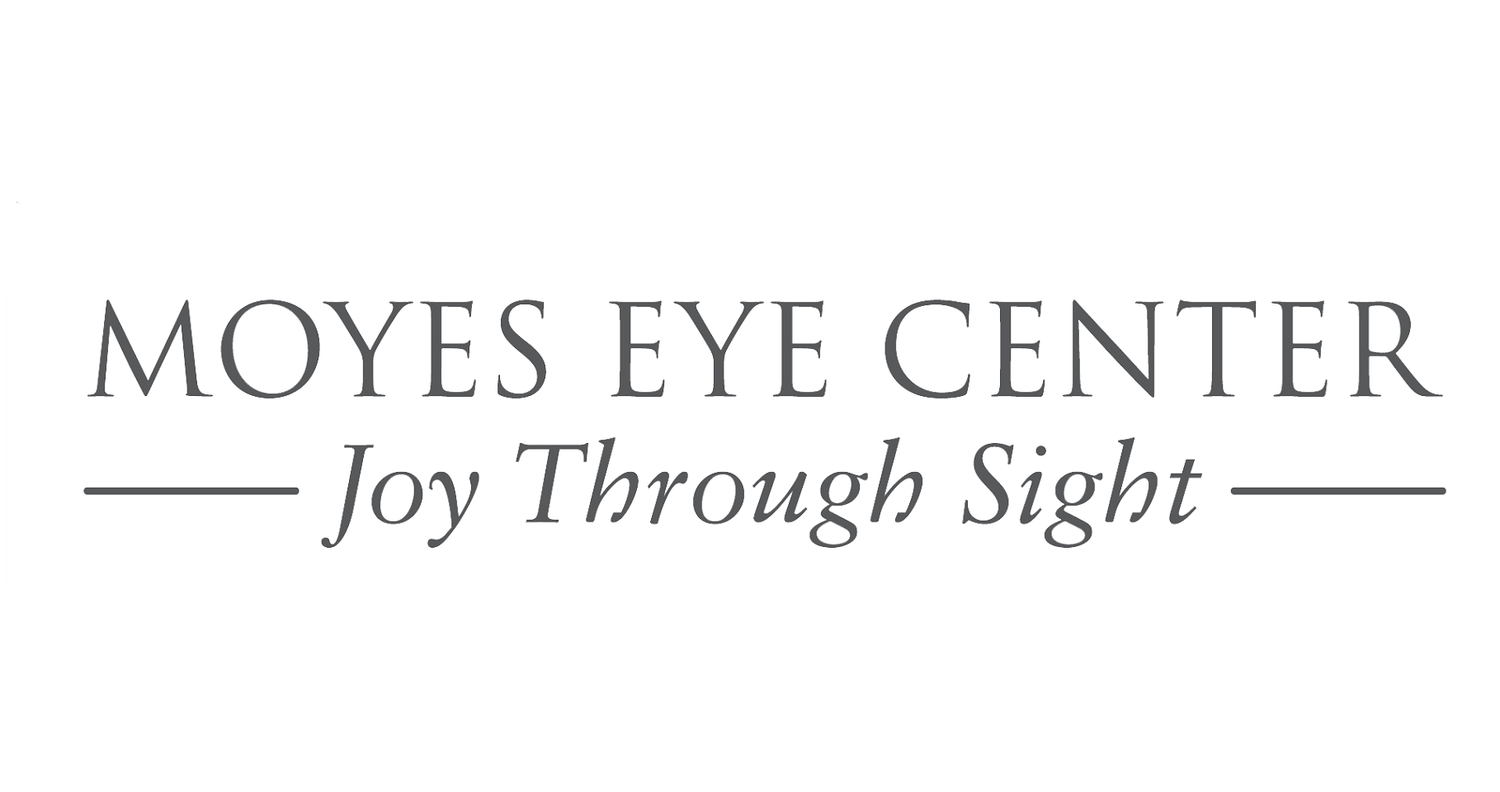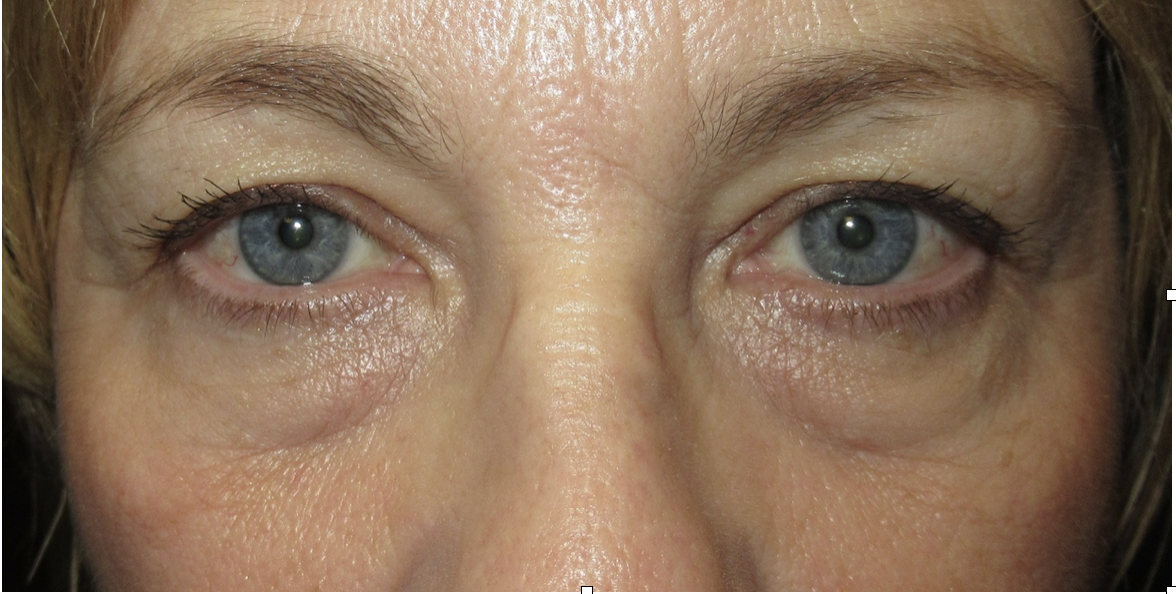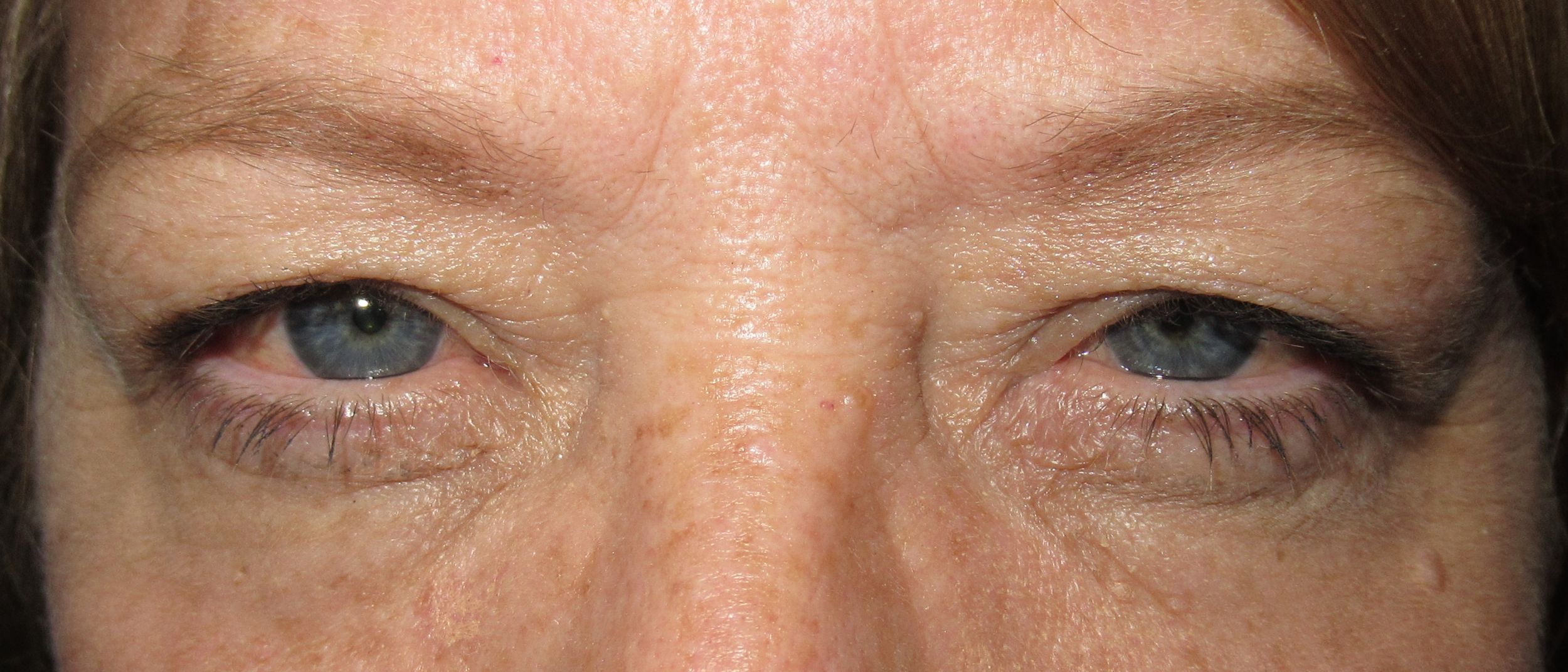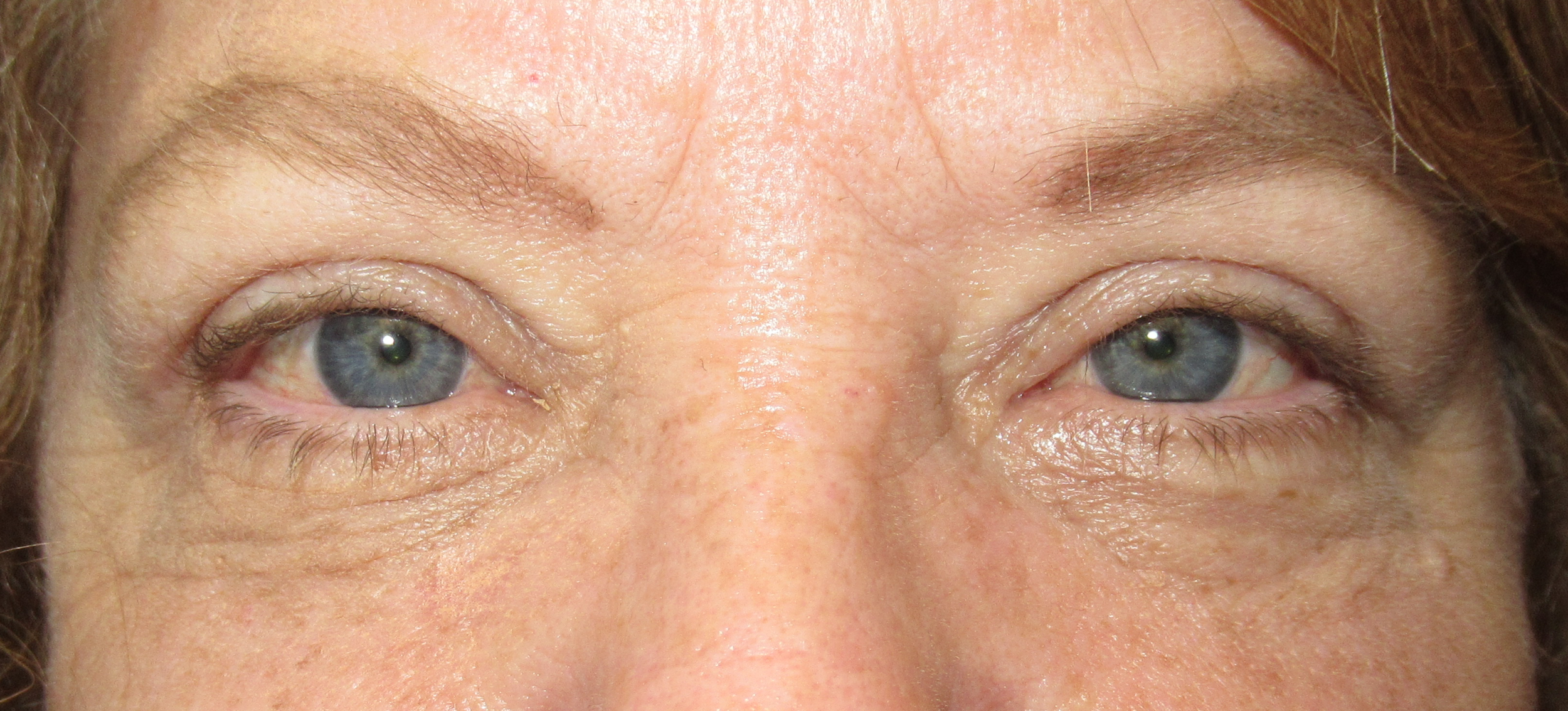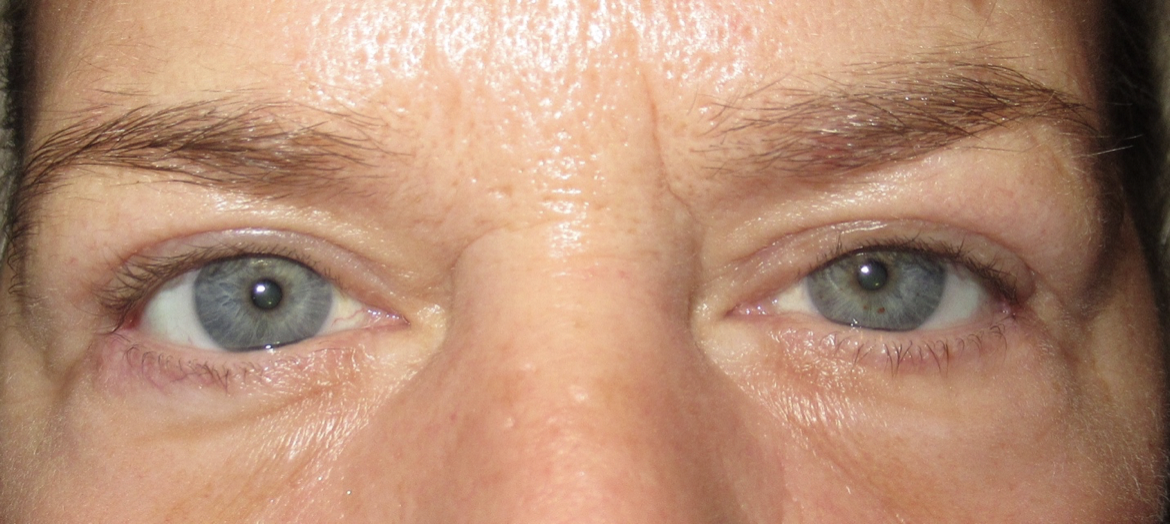Upper Eyelid Blepharoplasty
The upper eyelid skin is some of the thinnest in the body, and as tissues mature, this upper eyelid skin tends to stretch more quickly than other areas. This excessive skin may droop over the eyelashes or edge of the eyelid and also may obstruct peripheral vision. In addition to skin changes, fatty tissue around the eye also can become more prominent over time. That change can lead to increased heaviness of the upper eyelid. Excess skin on the upper eyelid often also leads to a tired or aged appearance.
An upper blepharoplasty is a procedure to remove the excess skin (dermatochalasis) from the eyelid. In some cases, protruding fatty tissues are also removed. This procedure is typically performed with local anesthesia and light sedation in an outpatient setting. During a blepharoplasty, an incision is hidden in the natural crease of the upper eyelid, and then conservative but effective amounts of skin and other tissues are removed. The incision site is then closed with stitches that are typically removed in the office one to two weeks after the surgery.
Many health insurance companies or programs, including Medicare, have policies and guidelines that help to determine if an upper blepharoplasty will be considered medically necessary and therefore approved for payment. Typically, these policies require proof of an obstruction of vision and may call for photographs and peripheral visual testing that will be obtained at your initial consultation.
PATIENT 1 BEFORE
PATIENT 1 AFTER
PATIENT 2 BEFORE
PATIENT 2 AFTER
PATIENT 3 BEFORE
PATIENT 3 AFTER
PATIENT 4 BEFORE
PATIENT 4 AFTER
PATIENT 5 BEFORE
PATIENT 5 AFTER
PATIENT 6 BEFORE
PATIENT 6 AFTER
PATIENT 7 BEFORE
PATIENT 7 AFTER
PATIENT 8 BEFORE
PATIENT 8 AFTER
PATIENT 9 BEFORE
PATIENT 9 AFTER
